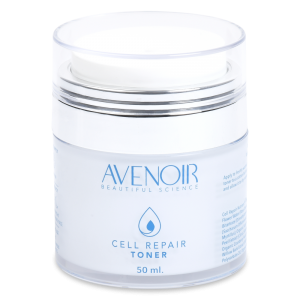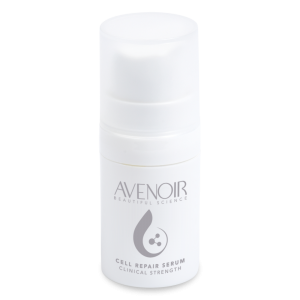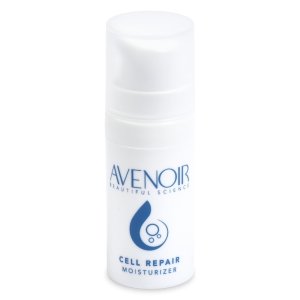– Amazing Skin Facts –
In previous blogs we have talked about how we can use different products and take action to protect and maintain our skin. However, take a moment to recognize the amazing complexity of our skin!

The skin consists of three different layers. The visible outermost layer is called the epidermis and is our first line of defense. Melanin, the pigment that provides us with our skin tone and protects us against UV light, is produced in the epidermis.
The skin renews itself every 28 days by creating new cells at the bottom of the epidermis and making its way to the top layer which then flakes off into dust. In the time it took you to read up to this point your skin just shed 30,000-40,000 cells. As gross as it may sound, some sources estimate that half the dust in your home is actually dead skin cells.
The second layer of your skin is called the dermis. This layer contains tough connective tissue, hair follicles, and sweat glands. Some of the nerve endings in this layer are connected to your brain and communicate sensations such as pain or heat. Remember back in your childhood when you were curious and touched the hot stove? This was the layer that instantly told your brain it was too hot! Speaking of hot, your sweat glands play a prime role in regulating your body temperature by secreting sweat. A single square inch of skin can contain up to 300 sweat glands!
When the deep layers of your dermis are damaged a scar will form. The body forms new collagen fibers that have different characteristics which result in a different texture and quality than the rest of your skin. Unlike other collagen this does not die and get replaced like normal skin which gives it its permanency. As another example of damaged skin, think about what is happening when someone gets a tattoo. The ink is injected into your second layer of skin and can be seen because the particles of ink are too big to be absorbed by white blood cells.
The subcutaneous tissue is the last layer in your skin. This is a critical layer as it contains fat and connective tissues. The connective tissue is responsible for attaching the dermis to your muscles and bones. The fat is stored in the layer to act as padding for your bones and muscles when you fall or bump into something.
We hope this has brought a whole new level of appreciation and understanding for your complex skin. This is why we believe in making the best products that your skin deserves with beautiful science in every drop.





